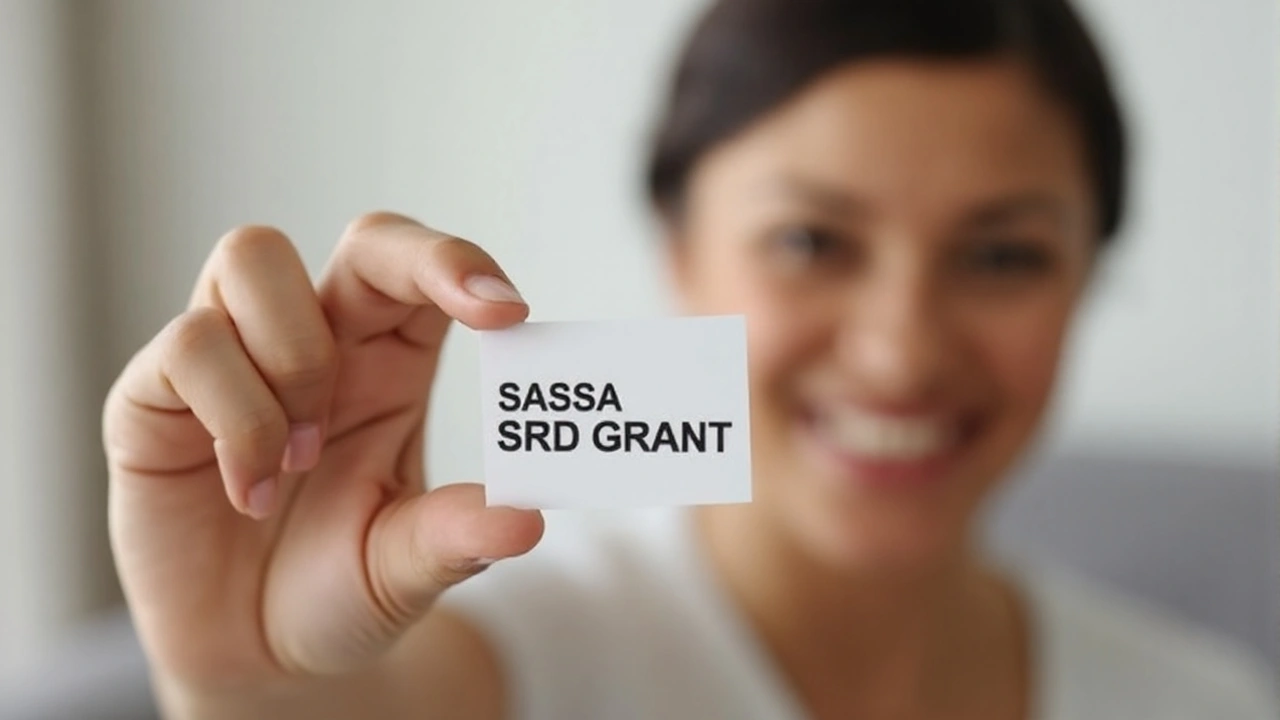SRD Grant Explained: Who Gets It, How to Apply and Payment Dates
If you’ve heard about the SRD grant but aren’t sure what it means, you’re in the right place. The SRD grant is a social assistance payment from SASSA that helps people who can’t work because of age or disability. It’s meant to cover basic living costs and give a safety net when income stops.
First off, SRD stands for "Social Relief of Distress". The government introduced it to help vulnerable groups during tough times, such as economic downturns or health crises. The grant is paid directly into the beneficiary’s bank account or through a payment card, so you don’t have to travel to a shop to collect cash.
Eligibility Criteria
Not everyone qualifies for the SRD grant. To be eligible, you must meet at least one of the following conditions:
- You are over 60 years old and have no other pension.
- You are under 60 but have a severe disability that prevents you from earning an income.
- You are a caregiver for a person who meets the above criteria.
- You are unemployed for more than six months and have an income below the poverty line.
Documentation is key. You’ll need your ID, proof of residence, and a medical certificate if you’re applying on disability grounds. SASSA may also ask for a recent utility bill or a letter from a social worker.
How to Apply
Applying for the SRD grant is straightforward. You can do it in three ways:
- Online: Visit the SASSA website, fill out the application form, and upload your documents. You’ll get a reference number to track your request.
- In‑person: Go to your nearest SASSA office. Bring all required IDs and certificates. The staff will verify your details and submit the application on your behalf.
- Via mobile app: The SASSA app lets you submit a digital application, take photos of documents, and receive notifications about your status.
After you submit, SASSA will review the case within 30 days. If approved, you’ll receive a confirmation SMS with your payment schedule.
One common mistake is forgetting to sign the consent form that allows SASSA to share your data with the National Treasury. Without it, the process can stall, so double‑check every box.
Payment Dates and How to Use the Money
SASSA releases SRD grant payments on a staggered schedule to avoid crowding at banks. The calendar typically looks like this:
- Older Persons Grant – 6th of each month
- Disability Grant – 7th of each month
- Child Support Grant – 8th of each month
If you receive a different type of SRD grant, the date may vary, but you’ll be notified in advance. The money lands directly in your account, so you can use it to buy groceries, pay for transport, or cover medical costs.
Make sure your bank details are up to date. A missed payment often happens because the account number changed after a move or a new job. Update your information through the SASSA portal or at the office.
Some recipients choose to keep a small portion of the grant in a savings account for emergencies. Even a tiny buffer can make a big difference when an unexpected expense pops up.
Common Issues and How to Fix Them
It’s not unusual to run into hiccups. Here are a few quick fixes:
- Payment not received: Check your bank statement and confirm the correct account number. If everything looks right, call the SASSA help line with your reference number.
- Application rejected: Review the rejection letter. It usually lists missing documents. Gather those and resubmit.
- Fraud warnings: Never share your PIN or personal details with anyone claiming to be a SASSA official. Official communication comes from verified SASSA numbers only.
Staying organized—saving copies of your documents and noting down reference numbers—will save you time if you need to follow up.
In short, the SRD grant is a lifeline for many South Africans. Knowing who qualifies, how to apply, and when money arrives helps you plan your finances without surprise. Keep your paperwork ready, stay on top of payment dates, and you’ll make the most of the support the grant provides.
SASSA October 2025 Grant Dates: When Will You Get Paid?
SASSA has released its October 2025 payment schedule, confirming dates for Old Age, Disability and child grants, while SRD payments fall in the last week of the month. New biometric rules start September 1 to curb fraud. Grant amounts stay the same, and the Johannesburg office remains shut amid investigations. Find out what this means for beneficiaries.
More
